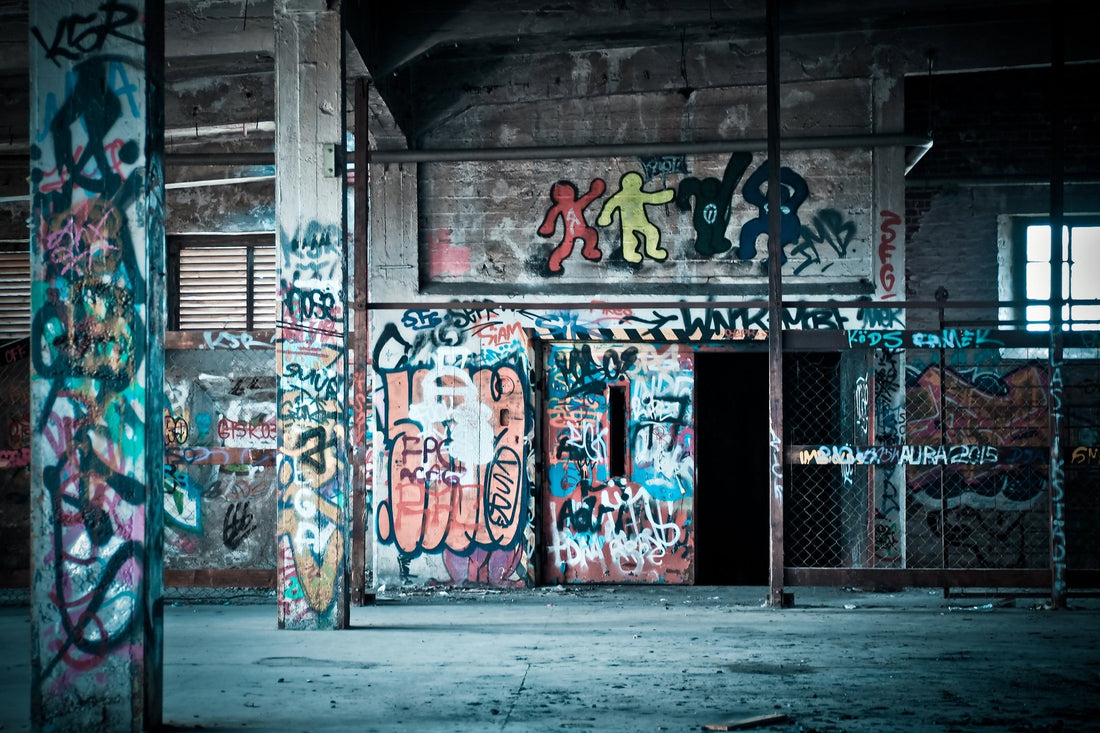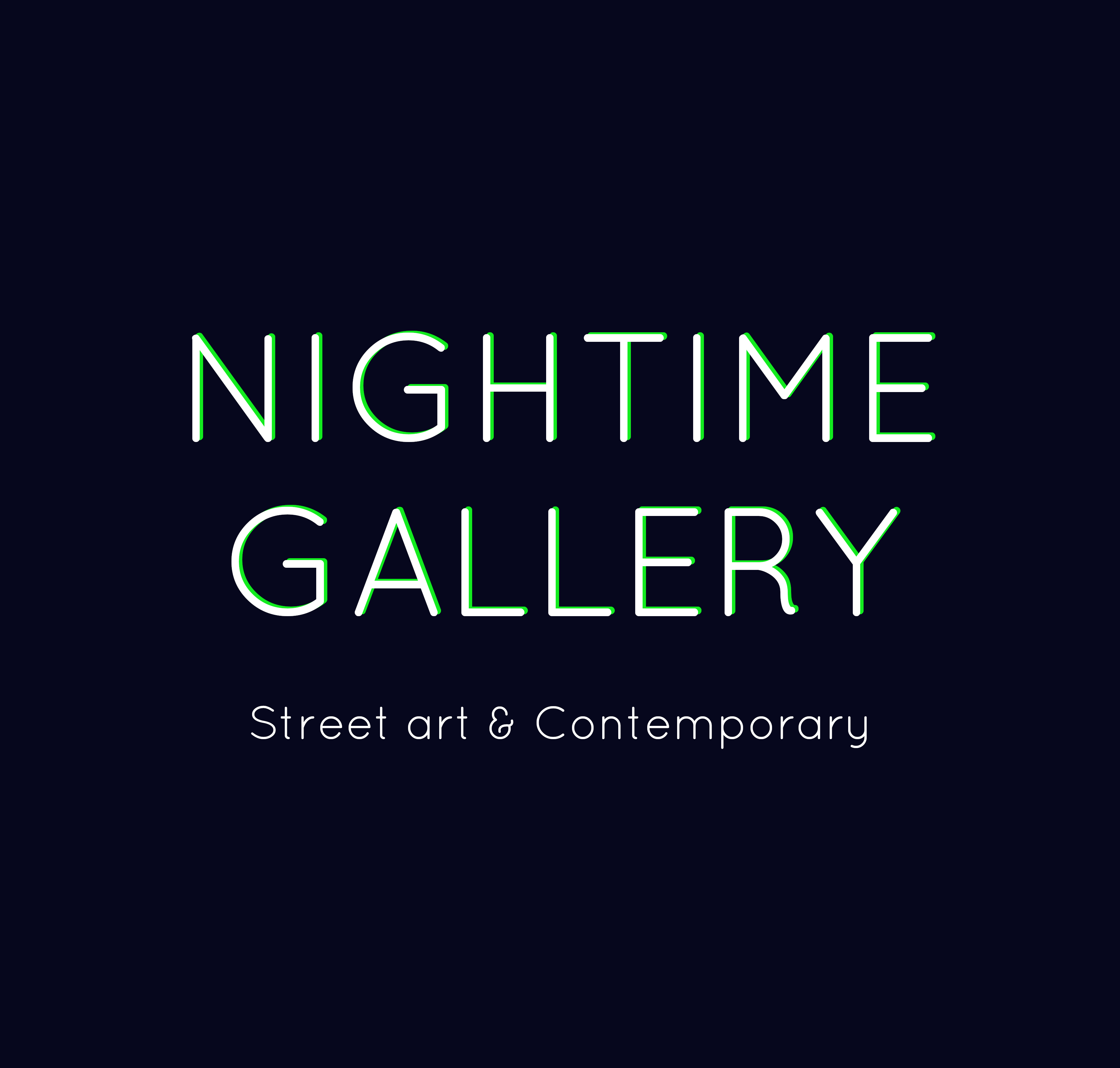
The rise of the Street Art Gallery
By Thomas BettencourtUrban Art in the Gallery , a cultural phenomenon ?
Discover the cultural phenomenon that extends to the gallery market and renews our approach to street art .
Street art appeared in France in the 1970s and 1980s with artists such as Blek and Zloti; simultaneously with the emergence of the same movement in the United States.
However, his practice is repressed because of the damage caused. This illegality gives him a strong notoriety with the major media who, in spite of themselves, will give him excellent visibility until obtaining international recognition and recognition on the art market.
In France in the 2000s, the impetus was given by the contemporary creative community, artists such as Banksy , Invader, Jonone, Bando, Mr Chat, John Hamon, and more…; as well as certain galleries such as the Galerie du Jour, Brugier Rigail and Magda Danysz, which paved the way.
Between 2000 and 2007, two museum exhibitions, “ Graffiti ” at the Tate Modern in 2007 and “ TAG ” at the Grand Palais in 2009, which were resounding international successes, gave the Graffiti movement its letters of nobility.
The recognition of artists by the players in the Parisian market then exploded. The first galleries to have taken risks in the early 2000s were quickly rewarded.
This shift from street art to institutional space reflects a significant shift in the perception and appreciation of this art. This recognition has allowed many artists to emerge from the shadows and access professional opportunities in the contemporary art world.
The integration of urban art into galleries is not just an institutional recognition, but also a transformation of its nature. Works that were once ephemeral and often edited under cover of night are now preserved and exhibited in a more formal setting. This shift from the urban context to the gallery space raises debates about the commercialization of this art and its authenticity, but it also allows it to be offered a new artistic dimension and to broaden its audience.
Thus, street art in galleries represents a true cultural phenomenon, marking an important step in its evolution and in the way we perceive it. It testifies to the ability of original movements to transform and adapt to the demands of contemporary society, while retaining their rebellious and innovative essence.
Yes, the street art gallery has had a significant impact on the art world. Here are some reasons why:
- Institutional recognition: By integrating urban art into galleries, street art has gained legitimacy and recognition within the artistic community and the general public.
- Commercialization: The presence of urban art in galleries has opened up new commercial opportunities for artists, allowing them to sell their works and make a living from their passion.
- Increased visibility: Galleries provide a larger, more formal platform to exhibit urban art, allowing a wider audience to discover and appreciate it.
- Conservation of works: Unlike works in public spaces, which are often ephemeral, works exhibited in galleries are preserved and can be appreciated over the long term.
- Artistic Dialogue: The street art gallery promotes dialogue between urban artists and other artistic movements, thus encouraging innovation and the exchange of ideas.
Following the involvement of art galleries, several other actors followed and became interested in urban art due to its growing popularity among the general public:
- Private Collectors: Many private collectors have been attracted to urban art because of its growing popularity and potential for financial appreciation. Some have even played an important role in promoting and preserving this art by building up significant collections.
- Cultural institutions: Museums, foundations and other cultural institutions have begun to recognize the artistic and socio-cultural value of urban art. They have organized exhibitions, conferences and other events to celebrate and study this artistic movement.
Current affairs: the Centre Pompidou, a world reference among museums, is giving pride of place to street art and its artists by acquiring its own collection.
- Businesses and Brands: Many businesses and brands have used street art as a means of communication and marketing, collaborating with artists to create original works or sponsoring street art-related events.
- Government agencies: Some local governments have begun to support urban art by funding street art projects in public spaces or creating urban development programs that incorporate art as an important component of neighborhood revitalization.
Overall, interest in urban art extends far beyond the artistic realm to become a cultural and social phenomenon, attracting the attention and participation of various actors in society.
In short, galleries dedicated to street art have greatly contributed to transforming the perception of urban art, making it go from a marginal movement to a legitimate and influential form of artistic expression in the world of contemporary art.
Nightime Gallery is pleased to present its artists and their respective universes:
Chanoir, Nerone, Damien Mauro, Meyso, Réoh, Paul Segard, Emanuele Vittorioso, Nobods, Felipe Talu, and Bims.
Come and discover our catalog on this link :

